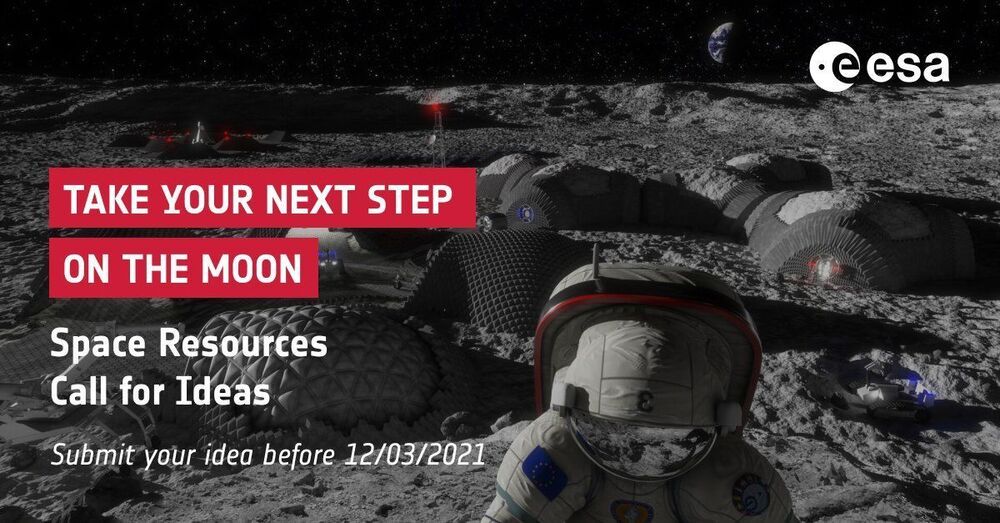In the absence of a TARDIS or Doc Brown’s DeLorean, how can you go back in time to see what supposedly happened when the universe exploded into being?
Get the latest international news and world events from around the world.

Christian Schwarz on LinkedIn: #technology #Moon #ESA
Call for ideas! Can your #technology be used to turn the #Moon’s resources into valuable solutions to store power, build infrastructure, grow food or enable life support? Read more and submit your idea to #ESA before 12th March 👉 https://lnkd.in/dKJ72_T?trk=public_post_share-update_update-text.




Data Limits Could Vanish With New Optical Antennas and “Rings of Light”
New research throws wide open the amount of information that can be simultaneously transmitted by a single light source.
Researchers at the University of California, Berkeley, have found a new way to harness properties of light waves that can radically increase the amount of data they carry. They demonstrated the emission of discrete twisting laser beams from antennas made up of concentric rings roughly equal to the diameter of a human hair, small enough to be placed on computer chips.
The new work, reported in a paper published Thursday, February 252021, in the journal Nature Physics, throws wide open the amount of information that can be multiplexed, or simultaneously transmitted, by a coherent light source. A common example of multiplexing is the transmission of multiple telephone calls over a single wire, but there had been fundamental limits to the number of coherent twisted lightwaves that could be directly multiplexed.
Company plans to start building private Voyager space station with artificial gravity in 2025
Voyager Station will be able to accommodate 400 guests, its builders say.
Orbital Assembly Corp. recently unveiled new details about its ambitious Voyager Station, which is projected to be the first commercial space station operating with artificial gravity.


Episode 39 — What NASA’s Perseverance Rover Is Teaching Us About Management and Logistics
Great new episode with the details on how NASA JPL’s successful Mars rover program kept the Perseverance rover on track. JPL chief engineer Rob Manning gives us an inside look at the strategies NASA used to make sure the latest rover made a spectacular landing.
NASA’s Rob Manning, JPL’s Chief Engineer, discusses management, logistics, innovation and the future of robotic Mars exploration in this unique episode. With this week’s successful landing of the Perseverance rover on an ancient river delta, NASA ups its game at a time when the rest of the country badly needs some encouraging news. Manning talks about how JPL keeps itself on track when finessing complicated billion-dollar initiatives.